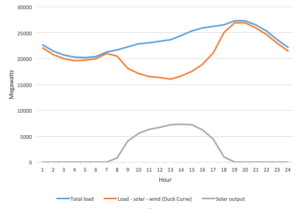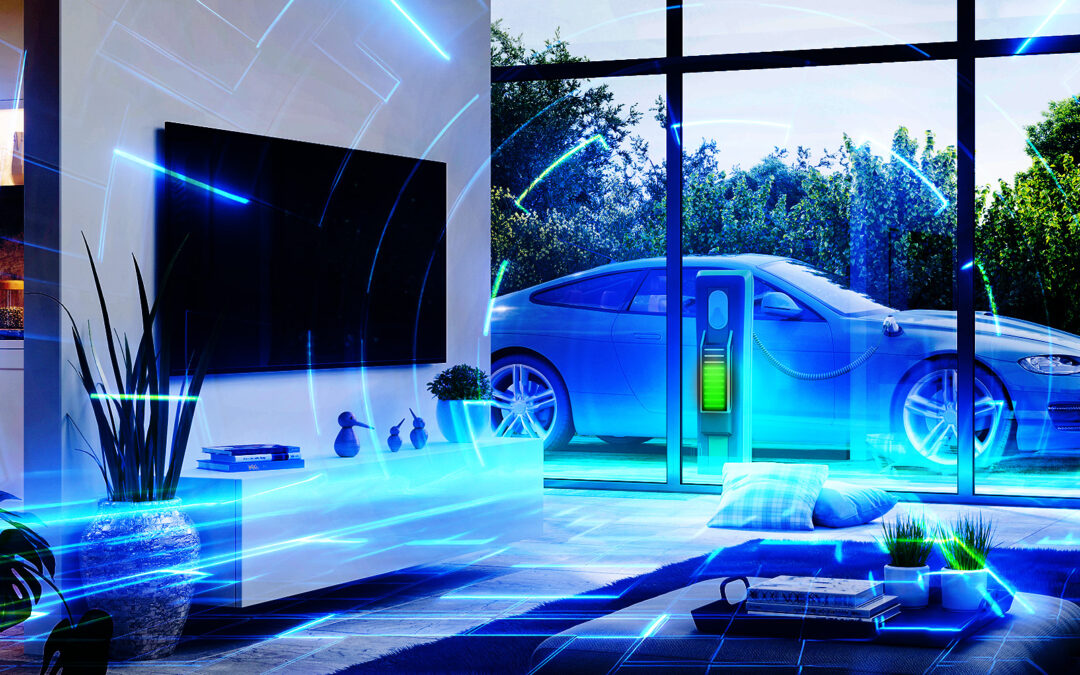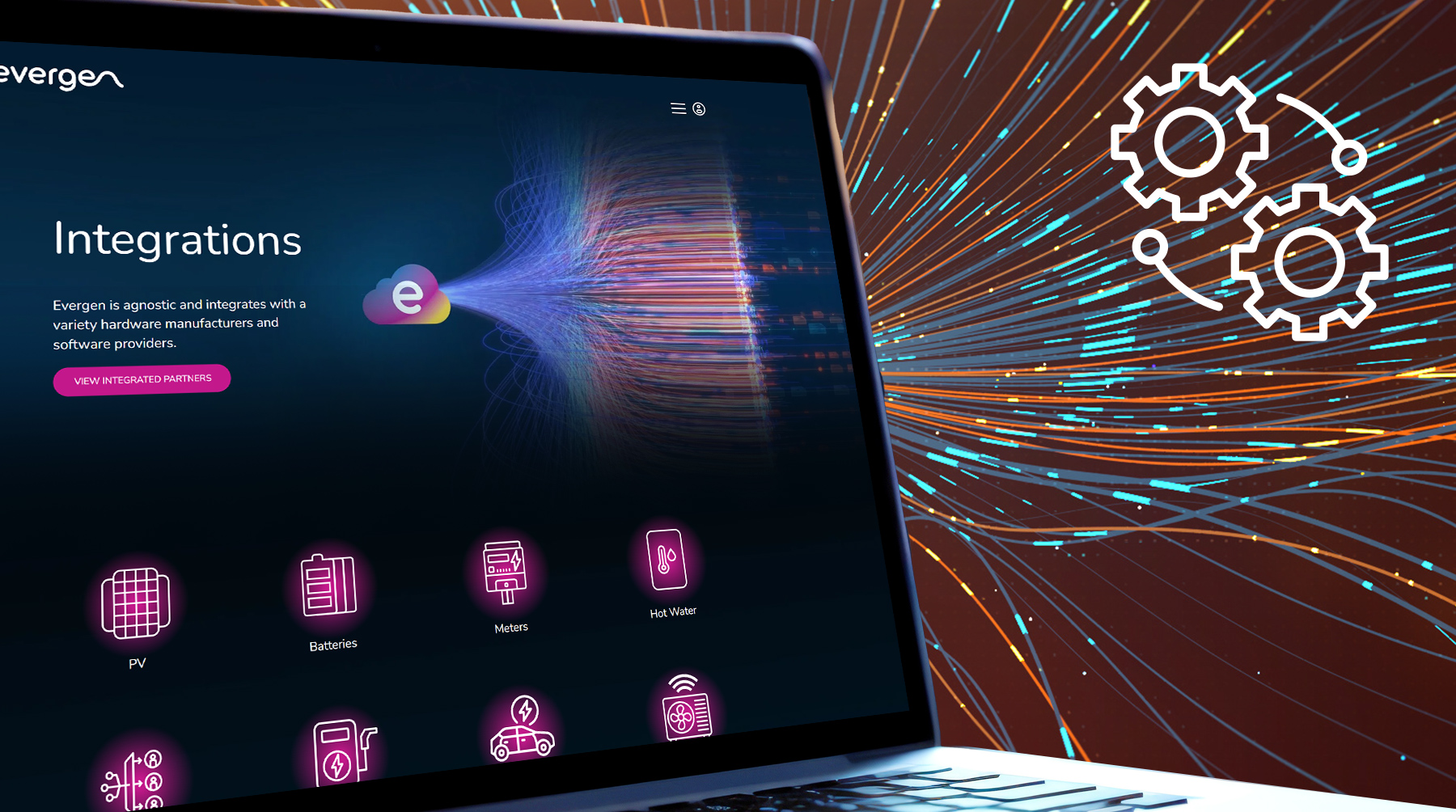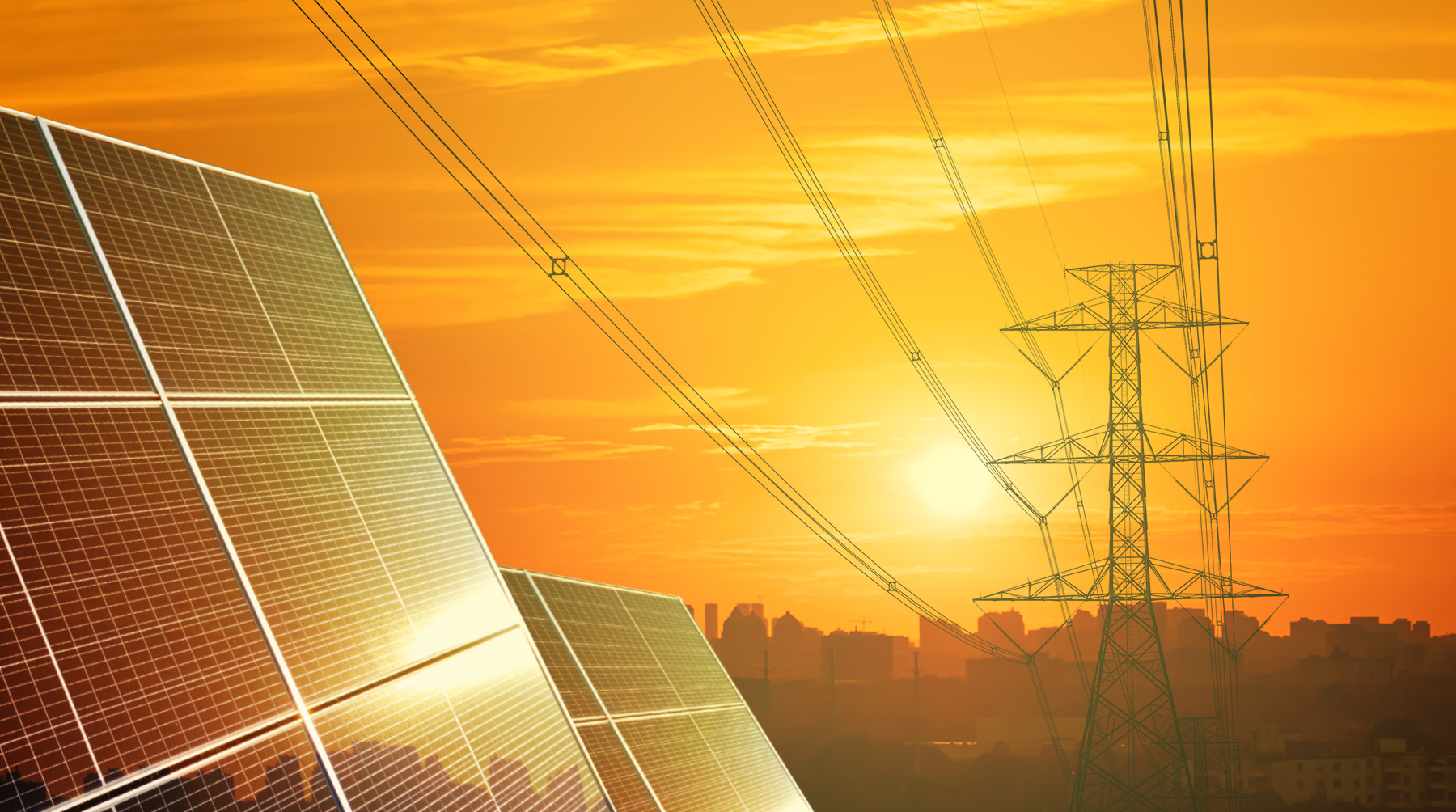By Michael Churchward, Electrical Integrations Software Engineer at Evergen
Australia’s shift toward a sustainable and greener energy future is gaining momentum, and electric vehicles (EVs) are playing a pivotal role in this transition. We’re all well aware of the reduced cost of ownership to individuals and the environmental benefits of powering transport with renewable energy, but EVs also hold immense potential for reshaping our electricity system towards sustainability built on a foundation of renewables.
The Problem
Key to our transition is maximising the utility of both PV generation, and battery storage.
The uptake of residential, commercial and utility solar in Australia is world leading, but brings with it new problems. The intersection of peak generation time periods with low consumption periods leads to solar curtailment – generators are switched off due to network or market conditions (such as negative prices) which leads to a loss of potential generation. Australian Energy Market Operator (AEMO) suggests curtailment wastes around 5% of all generated PV energy (as of 2023), but forecasts that it may be as high as 20% by 2050.
With this massive uptake of EVs we now have a huge number of batteries that need to be filled. Many of these vehicles sit idle in parking lots during daylight hours when PV is abundant, and come home to charge at night which places a strain on the grid during peak hours, a problem that will only get worse.
At the same time, we have an increasing number of EVs hitting the road. More EVs were sold in Australia in the first half of 2023 than in the entirety of 2022 and this trend shows no signs of slowing despite regulatory and market constraints. The demand for EVs is enormous. With some regulatory changes, like the introduction of fuel efficiency standards in line with other EV markets, the dumping of cheap, low efficiency Internal Combustion Engine (ICE) vehicles would come to an end and our uptake of EVs could rise even higher. With this massive uptake of EVs we now have a huge number of batteries that need to be filled. Many of these vehicles sit idle in parking lots during daylight hours when PV is abundant, and come home to charge at night which places a strain on the grid during peak hours, a problem that will only get worse.
Waste-not, want-not

We have a large amount of PV generation flooding the network during the day, and the expectation of more to come which will lead to grid instability without effective controls to manage peak generation and interaction between production and consumption in the afternoon (the familiar duck curve problem).
Solar curtailment can reduce the impact of peak generation somewhat, but it should be considered an enemy rather than a complete solution. Significant financial and material investment has been made to build our PV generation capacity. The goal should be to maximise the duty of both PV generators, and battery storage by reducing their idle time in order to maximise return on the investment and resources.
And we have increased numbers of EVs which are effectively rolling batteries 4 to 5 times the size of a fixed residential battery that need to be charged on a regular basis, and we know there may be five times as many EVs placing demand on our grid by the end of the decade. By 2030 roughly 50% of all new car sales are expected to be EVs.
Together, these problems can help to solve each other. By continuing to install a network of smart EV chargers in appropriate locations (both private residential and public parking locations), and by optimising at the network level we can reduce the instance of solar curtailment during the day, and reduce the demands on the network during peak hours.
Where does Evergen fit in?
Evergen is building solutions in this space to help reduce carbon footprint and energy costs for EV owners, and energy retailers all while maximising the efficiency of established assets.
For EV owners we can intelligently perform charging activities during periods of lowest tariffs and/or excess solar. At the network level this reduces the likelihood of solar curtailment, and limits the negative impact on the grid during periods of peak loads. We want to help reduce the cost of ownership of EVs to individuals to help improve affordability and provide access to cleaner transport options to as many people as possible.
For energy retailers we can reduce their cost to serve by shifting the demand of EV charging to periods of lower spot market prices, soaking up excess generation during the day, or during off-peak periods overnight.
Where to next?
We’re currently running a pilot program to perfect our energy optimisation software. We’re building new integrations that allow us to control a greater range of EV chargers and to monitor more and more EVs, allowing us to optimise more and more charger + EV combinations and grow our reach in this space.
We’re also really excited about the learning opportunities that may be provided by new V2G (vehicle to grid) bidirectional charging hardware which is currently under test. The concept of batteries on wheels allows for vehicles to sell back into the grid during periods of high demand, further supporting the grid and offering opportunities for EV owners to save money.
Watch this space.




